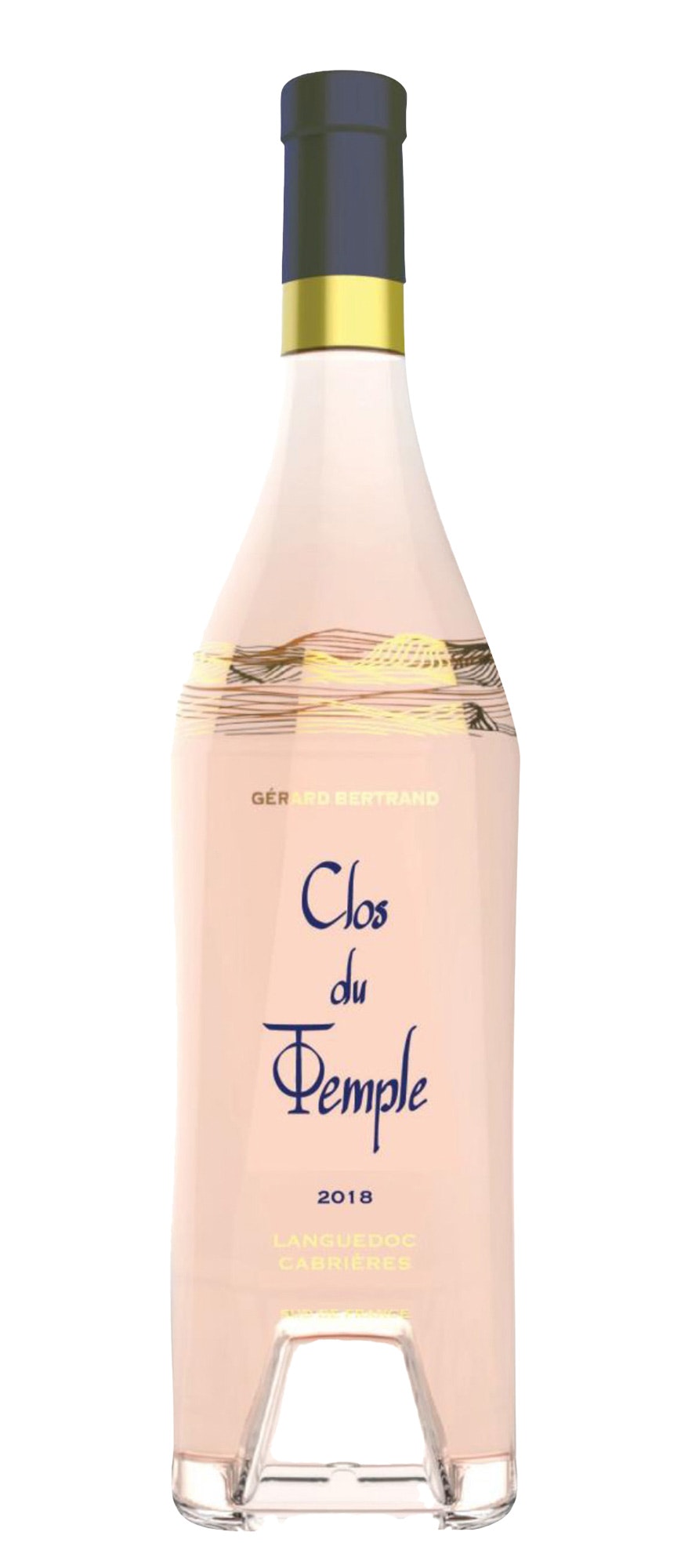This article is taken from the June 2024 issue of The Critic. To get the full magazine why not subscribe? Right now we’re offering five issues for just £10.
The inside of Clos du Temple winery in the Languedoc looks like a set from the original Star Trek. The wine is housed in a series of 10-foot black bauxite pyramids each topped with gold, or “gold pyramidion overcoming the vats” as the publicity material describes it.
One can imagine Captain Kirk stepping out from behind one of them in pursuit of a comely green alien. The whole winery, set on a hillside at Cabrières not far from Beziers, has a 1960s science-fiction feel.
The pyramids aren’t just there to look pretty. According to winemaker Benjamin Gadois they “channel the forces of the cosmos into the wine”. Well, I couldn’t let that one lie, could I? I asked him whether they had done trials where you could taste the difference between pyramid and non-pyramid wine.
He looked utterly dumbfounded: “You don’t understand, they channel the forces of the cosmos into the wine,” all the time making hand gestures as if to demonstrate how these cosmic forces got into the wine.
I had clearly committed a terrible faux pas. The PR lady took me aside and explained that the estate’s owner Gérard Bertrand, a former French rugby player who is now the biggest name in the Languedoc, takes biodynamics very seriously. It looked for a moment as if I might be kicked off the press trip. I dropped the matter and tried hard not to laugh for the rest of the tour.
Later that day at lunch I sat next to M. Bertrand himself, a tall, craggily handsome man in his late 50s but, after my experience at the winery, didn’t bring up the subject of the pyramids. Bertrand is a believer, and there’s really no point arguing Richard Dawkins-style with men of faith.
Biodynamics is a bizarre system of agriculture devised before the Second World War by an Austrian crank called Rudolph Steiner who had, it has to be emphasised, no experience whatsoever of growing grapes.
It involves things like burning the skin of mice and spreading the resulting powder in homoeopathic quantities around the vineyard. Caroline Gilby, a master of wine, describes it as “mysticism, moonshine, and marketing hype”. And yet some of the greatest estates in the world follow Steiner’s methods, including Domaine de la Romané-Conti in Burgundy and Zind-Humbrecht in Alsace.
So rather than being a joke, all the new age woo-woo is a marker of how deadly serious Clos du Temple is. The aim is nothing less than to create a rosé grand cru, the Montrachet of pink, if you will.

The rocky parched earth of the vineyard in a baking hot part of the Languedoc looks like it should produce something like Châteauneuf-du-Pape or Port, but instead the winemaker extracts an ethereally pale pink juice from cinsault, syrah, grenache and other grapes, which is part-fermented in the finest oak available with lots of lees contact.
The colour is deceptive because the taste isn’t the usual yacht rosé barely-there; instead it’s intense, creamy and oaky. In short, it tastes extremely expensive. Which is handy because it is, at around £200 a bottle.
Clos du Temple isn’t the only French rosé aiming for the Burgundy market. Over in Provence, Whispering Angel has been producing Garrus, an oak-aged wine for a number of years now. It’ll cost you around £130 a bottle so it’s a bit of a bargain in comparison.
There is no particular reason why a rosé shouldn’t cost as much as a high quality white or red, beyond the fact that they were traditionally made from grapes that weren’t considered of high enough standard to go into reds.
Then there’s the way they are usually drunk, ice cold by the pool or on your yacht, assuming you have one. It doesn’t do a lot for wine appreciation. Indeed it was hard to fully enjoy the 14.5 per cent alcohol Clos de Temple sitting out in the 35 degree heat of a Languedoc June.
Posh pinks are highly fashionable, but there are estates that have been making such wines for decades. The most famous name here is Domaine Tempier in Bandol, which puts as much care into its rosé as its red. It used to be scandalously expensive but alongside all the young pretenders now looks rather reasonable at £40.
Sticking with Provence, Ch teau Simone produces an unfashionably deep-coloured rosé which blurs the line between pink and red. As do the wines of Tavel in the Rhone.
Outside France, López de Heredia in Rioja and Château Musar in Lebanon both make wildly idiosyncratic pinks that are sold after long ageing in barrels. The current vintage of the former is 2011. Both are well worth a try if you can find them — just as long as you’re not expecting anything remotely like yacht rosé.
Though not as expensive as Clos du Temple, they’re still out of my budget, but I did try a posh pink last year that I could just about afford. It’s from Lyme Bay, a Devon winery, using Essex-grown pinot noir, briefly aged in oak and costs about £25 — I think they’re only going to make it in warm summers like 2022.
I loved its blend of crunchy red fruit and wood spices such as cinnamon and camphor. Whilst it’s a serious wine, it’s also a lot of fun, and I’m pretty sure no pyramids were involved in its production.
Enjoying The Critic online? It's even better in print
Try five issues of Britain’s most civilised magazine for £10
Subscribe



